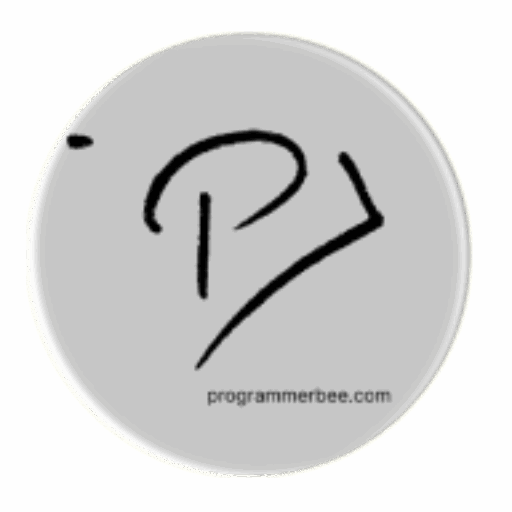Tag: flask socketio
-
Create your first chat application with Flask and Socketio
We will use socketio for real-time messaging First install our dependency for this application pip install flask pip install flask-socketio Copy Code How it will work. Every user will get an unique key. If the the other user submit the other users key that will send the message. its like sending message to unique username…
